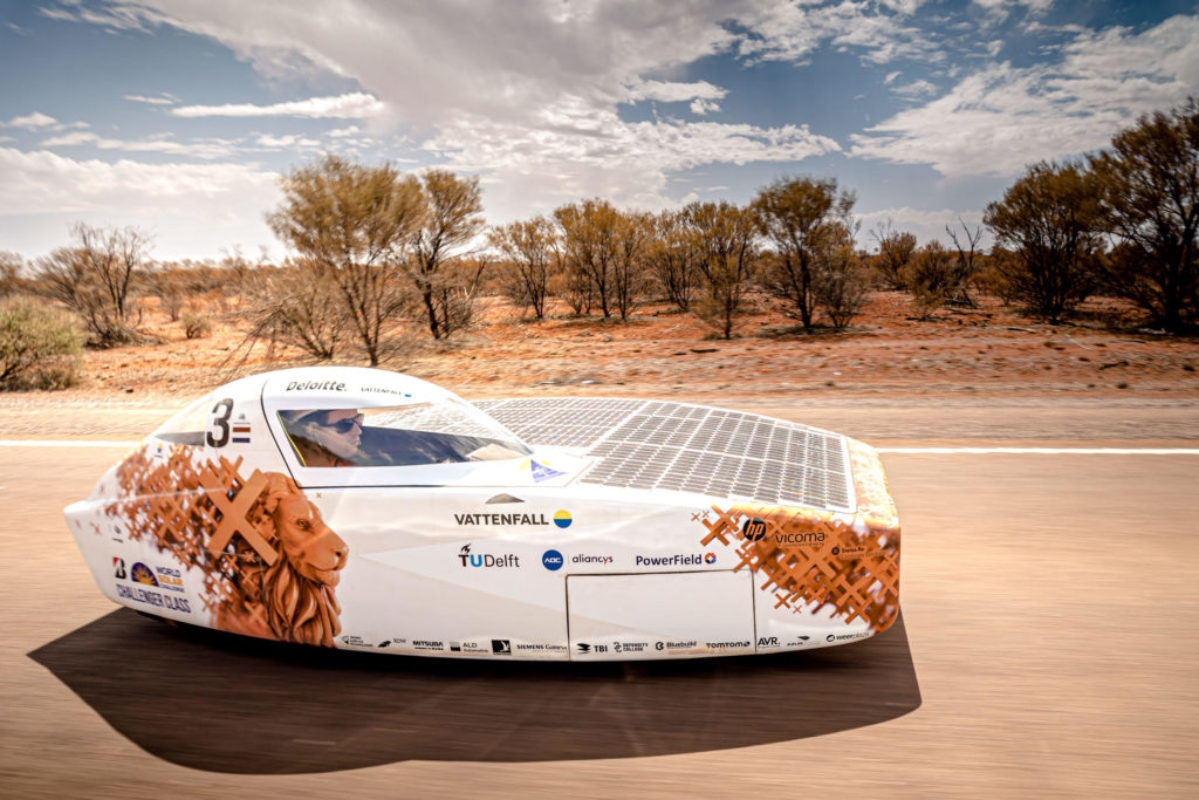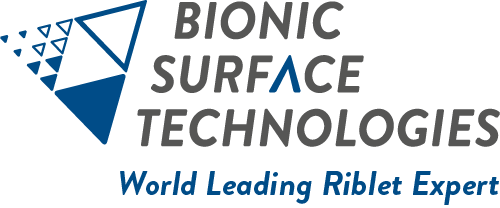Bionic surface technologies at the Bridgestone World Solar Challenge

The different classes are divided into:
– Challenger –
This is a classic race. The focus is on speed.
– Cruiser –
This class is about making solar vehicles suitable for mass production and public transportation. The aim is therefore to transport as many passengers as energy-efficiently as possible. Efficiency and practicality are decisive for victory.
– Adventurer –
Models from previous years or without race admission compete in this class. They drive without scoring.
The Nuon Solar Team from the Netherlands participated again at the Bridgestone World Solar Challenge.
For the tenth time, 16 dedicated students of the Delft University of Technology will take part in the race; In doing so, every student is exempted for at least 18 months – in order for having sufficient time for planning and construction of this vehicle.
The Swedish energy company Vattenfall AB is the main sponsor behind this solar team. They want to achieve a life without fossil fuels within a generation and the team of the University of Delft shows this in an impressive way.
A total of nine times they are on the podium (7x first and 2x second place) at the Bridgestone World Solar Challenge with their Nuna series and since 2005 they have even held the current course record with a time of 29 hours and 11 minutes and an average speed of 102.75 km/h (~ 63,85 mph).
This year, they launched a galley vehicle called NunaX.
And NunaX is something to be proud of: the Dutch racer weighs only 133 kilograms, which is due to the new development of each component and the use of new materials.
But not only on weight was set a focus, also wind plays – as expected – a large role. NunaX has been designed to have a very aerodynamic design and this idea has even been continued. Thus, some parts of the vehicle have the function of sailing and produce a crosswind a forward movement. As a result, the car not only is powered by solar- but also by wind energy.
In addition to all these features, the race car of the Dutch solar team is the only one in this year’s race to have an absolute secret weapon against their competitors: the well-known Sharkskin from bionic surface technologies.
This foil fits like a second skin over the individual parts of the vehicle and increases – because of its special structure – not only the aerodynamics, but also the efficiency. It’s the first time ever that a solar vehicle has been equipped with this sharkskin like foil.
With NunaX in the first place and a left far-behind competition, it was almost guaranteed that the Vattenfall team could one again record an outstanding victory.
But it turned out differently than expected: 200 kilometers (~124 miles) from the finish line the dream of the great victory bursts when their solar car suddenly started to burn.
Driver, Tim van Leeuwen, was able to escape from the burning car and remained unharmed. The reason for the fire is unclear; further investigations were, however, set.
